Established in 2001, LUMIX is the photographic brand of the Panasonic Corporation. In 2008, it introduced the world’s first mirrorless interchangeable lens camera. With the launch of the Micro Four Thirds G Series – GH5, GH5s and G9 – LUMIX was propelled into the professional market, a position that was further cemented with the recent launch of its full-frame S Series cameras: S1, S1R and S1H.

© Damien Demolder
Panasonic has had pro-worthy stills cameras before, but they have always been models that prioritised portability over uncompromising image quality. The Lumix G system of Micro Four Thirds cameras is designed to be small, lightweight and easy to handle, and their half-frame sensors with 20MP produce very good image quality for most applications. But the new S series is aimed at those who are less bothered about how big or heavy their kit is, and for whom resolution, dynamic range, colour and detail are what matters. Well, that’s what Panasonic says anyway…
The market has come alive in recent times with the introduction of full-frame mirrorless cameras, including Nikon’s Z system and Canon’s EOS R models. Now the Lumix S cameras are in the ring competing with them. To produce these cameras, Panasonic has taken its relationship with Leica a step further to share the mount of the SL cameras with the German company and with Sigma in what they are calling the L-Mount Alliance. The firms are working together to bring their individual but compatible products into the same market, so the lenses from one will work perfectly on the bodies of the others. While Panasonic has introduced three lenses with its cameras, they are also fully compatible with the 11 lenses Leica has for the SL and the 11 that Sigma has announced. This Lumix S1R is the first of two new bodies for the L-Mount Alliance (the other is the Lumix S1), and it’s been introduced to show what the system is capable of.
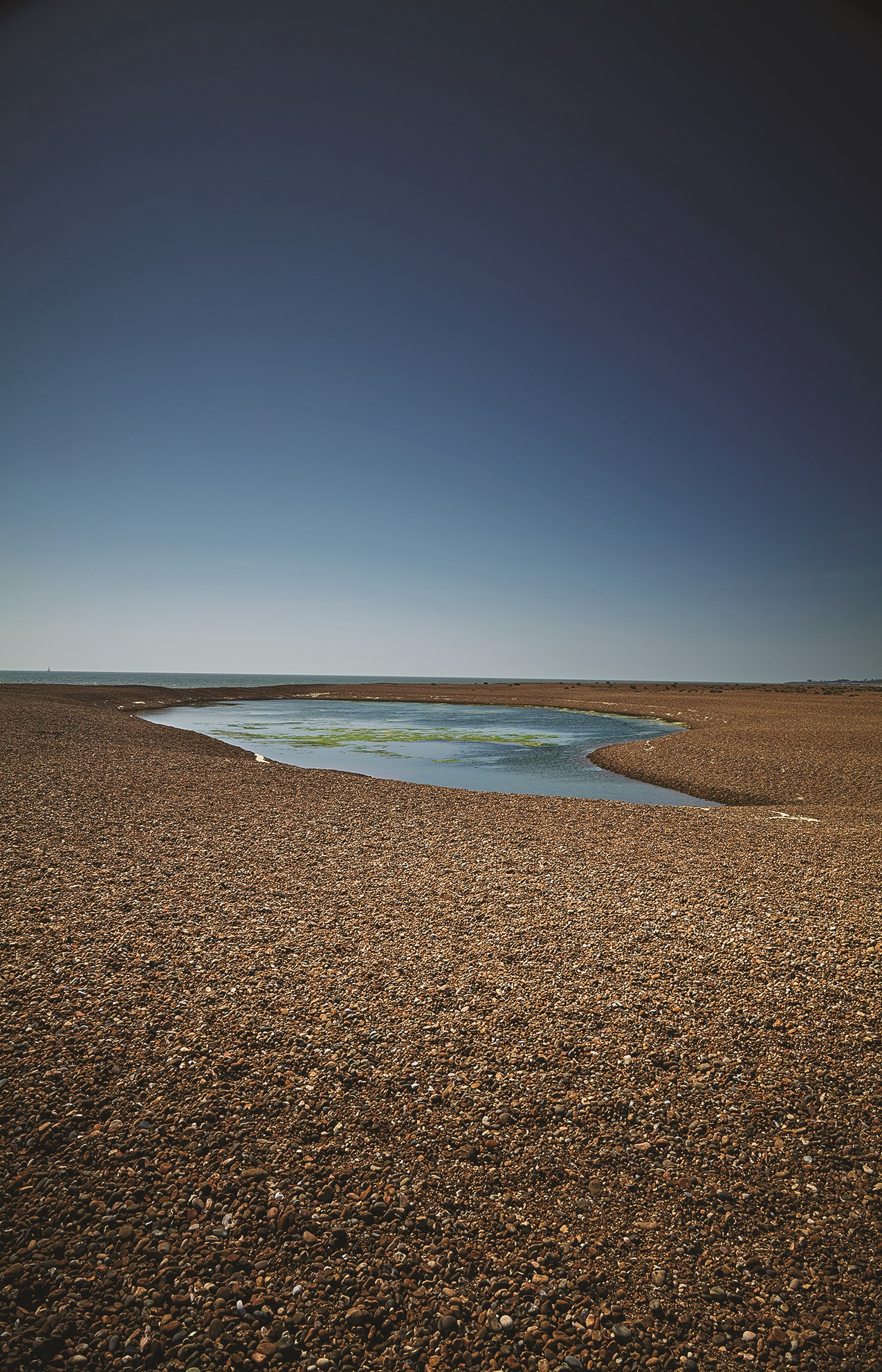
© Damien Demolder
The Lumix DC-S1R has a 47MP sensor in a body with a 51.6mm lens mount. Panasonic is particularly proud that this is the highest resolution sensor in the full-frame mirrorless market, and with its High Resolution sensor-shifting mode it can produce images with 187MP. Another boast is the resolution of the electronic viewfinder that, at 5.76 million dots, beats all other camera viewfinders for detail and realism, while the top shutter speed that can sync with regular flash is 1/320sec. So that’s all the ‘world’s firsts’ out of the way!
Beyond these points we have what is actually very much like a Lumix DC-G9 with many similar features. The two cameras look related and share a number of visual and functional characteristics, which is no bad thing. Panasonic might be new to the full-frame market, but in this new venture it’s clearly drawing on its 10 years of experience in the MFT interchangeable lens system market. The most notable difference is the weight of the S1R compared to anything in the G system. It is a big, heavy camera, and the lenses are built to match. Physical features are exaggerated to give us a sure grip and to make finding control points easy. The main grip is substantial, and the buttons and dials all stand proud of the surface where they can be quickly found.
The S series brings with it a slightly tweaked menu system that makes accessing the mass of options pretty streamlined. Previously, pages in each sub-section of the menu were numbered so you had to remember where things were, but now each page within the sections has an icon that delivers a significant visual clue as to what lies beneath – and this makes life much easier. The menu is also optimised for touch operation, which allows us to fly through options, skip pages and get to where we want to go without lots of scrolling – though we can scroll too if we want. It is all very efficient.
The rear touch screen is on a three-way hinge, like that of the Fujifilm X-H1, that flips up and down for shooting in either orientation. I generally prefer a vari-angle screen, but the fact that this one can flip up in portrait orientation is enough for me as I rarely use a screen from the front.
The rear screen is bright and uses 2.1 million dots to form the image, but the viewfinder is a far better place to see what you are going to shoot and what you have done. The OLED has 5.76 million dots and is incredibly detailed. It has about 30 per cent higher resolution than the previous best viewfinder (in the Leica SL) and has more than twice that of competing full-frame mirrorless models. It is brilliantly clear and feels very big – though glasses users can reduce the size of the active area of the 0.78× screen to 0.74× and 0.70× to provide better eye-relief if needed. The 120fps refresh rate also really helps with the quality of the view, the speed at which the subject movement is relayed, and how much we feel in touch with what we are photographing.

© Damien Demolder
The new button layout took me a while to get used to, and the three WB/ISO/+/− buttons near the shutter release seemed always to be where I wasn’t expecting them. They are clearly identifiable to the touch as they have individual markings that we can feel with our finger, but it took me a good while to remember where to feel. The on/off switch is in a most peculiar place on the top plate, and I immediately took a dislike to it when I first saw the camera. In use, however, it became clear that it is in an ideal position, and is exactly where my shutter finger reaches for when wanting to switch the camera on. My biggest handling issues were predicting the movement of a very small AF point when moving it using the joystick, and the distracting simmer in the viewfinder when using the continuous AF mode.
Panasonic has brought across its Dual IS II image stabilisation system from the G series, which combines in-camera sensor-shifting stabilisation with in-lens stabilisation to produce what it claims offers six stops’ worth of camera-shake compensation.
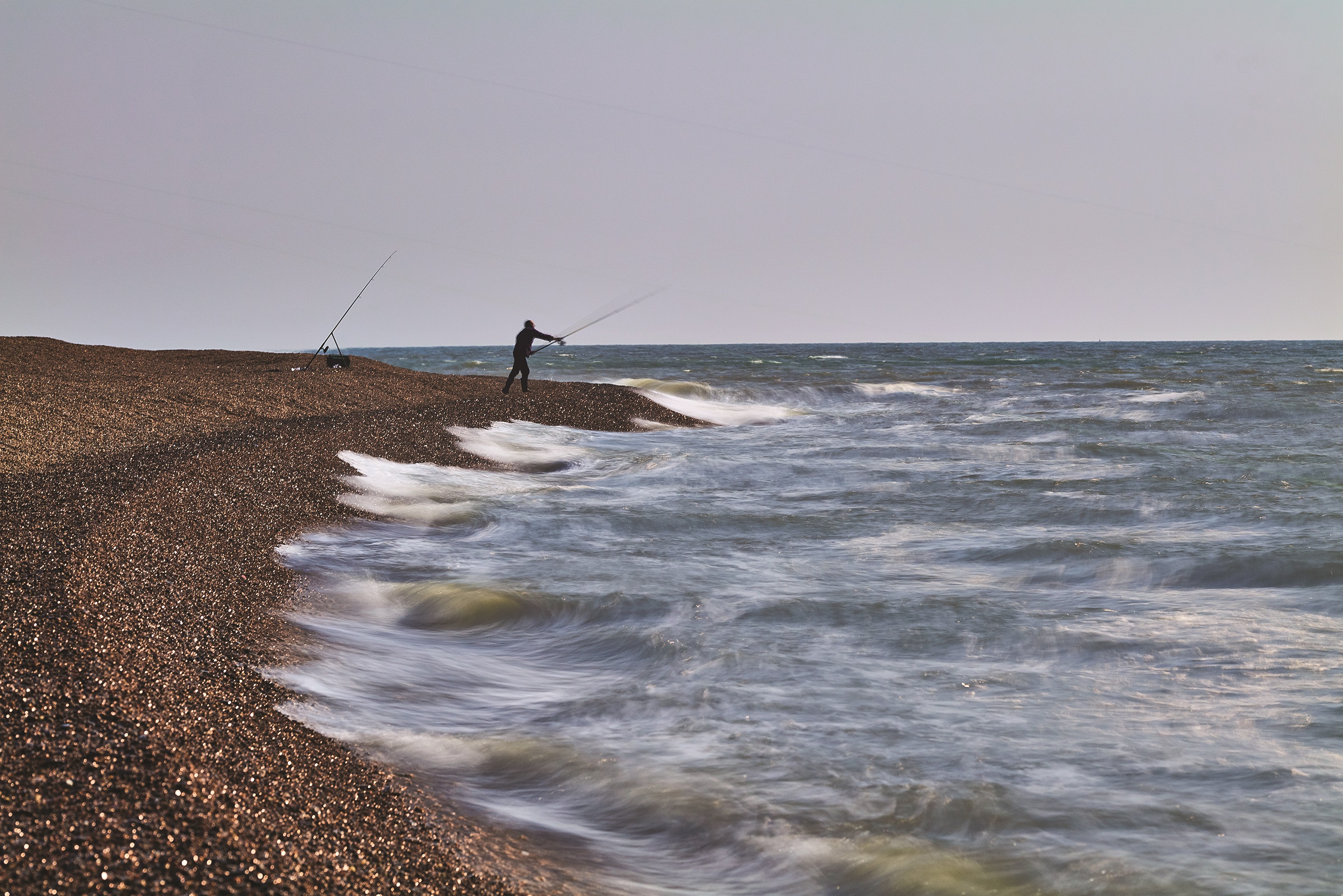
© Damien Demolder
Panasonic has stuck with its DFD contrast detection focusing system in the new S cameras, going somewhat against the grain of the rest of an industry that favours phase detection. This DFD system relies firstly on the camera being able to quickly calculate subject distance, and secondly on the processing speed of the system that detects and shifts the focusing elements. With both the camera and lenses running at 480Hz, I found the AF system reactive and decisive for the kind of photography I like to practise.
Although perhaps not the size of camera that most photographers would consider ideal for action in the street, I found when shooting brisk walkers in the high street the camera was more than able to get them sharp, even when they were very close to me.
There are four custom settings for the AF system that encourage us to dial in the characteristics of the subject’s movement, and which make a significant difference to the way the focusing behaves. Paying these settings some attention allows us to tailor the system to the situation and determine how it responds. The AF can find life hard in low-light conditions when contrast is also low, but it takes very low contrast or a very dark subject to upset it.

© Damien Demolder
The worst area of performance in this model is its battery life. It isn’t drastic when compared to many other mirrorless cameras, as by default they use more power than DSLRs, but the 3050mAh DMW-BLJ31 batteries last a much shorter time than I had hoped. Panasonic quotes at least 360 images using the LVF, and up to 1150 in power save mode when shooting to the SD card – shooting to an XQD card is slightly less efficient it seems.
You’ll need three batteries for a day’s shoot to be on the safe side if you are going to work the camera hard. The base of the camera has contacts for battery grip DMW-BGS1, which holds an extra battery and costs £299.
On a more positive note, image quality is quite outstanding, giving the kind of dynamic range and colour I’d expect from a medium format sensor. Unusually for a Lumix camera, we have an ISO 100 setting, with an expansion mode that takes us down to ISO 50. Both settings produce very clean images with a slight drop in highlight retention at ISO 50 – but not enough that you wouldn’t want to use it.
Noise begins to show itself as a very fine sandy texture in 100 percent enlargements at ISO 800, and becomes noticeable at ISO 6400. By the maximum standard setting of 25,600 we’ve lost some contrast and shadows are becoming green, and the expanded setting of 51,200 is only for emergencies. Right up to ISO 12,800, noise takes on a grain-like feel and is actually quite pleasant. So I’d be very happy to use this setting, but would hesitate to go further.
Where the system seems to excel is in the reproduction of fine detail and smooth tonal transitions. We haven’t seen this sensor before and it behaves differently to those of similar resolutions I’ve used in the past. Low ISO shots accept plenty of sharpening with masking/threshold set to 0, and display masses of detail. The High Resolution mode is extremely useful if you need even more detail, and now works more successfully when there are moving elements in the scene.
It works like the same feature in the Lumix G9 – by taking a picture and then shifting the sensor half a pixel to record another part of the detail that would normally fall between pixels. It shoots eight images in all and processes them into a single 187MP Raw and/or JPEG file. As before, although the final picture does in fact measure 16,736×11,168 pixels, I don’t think the detail really matches what would be recorded in a single frame using a 187MP sensor.
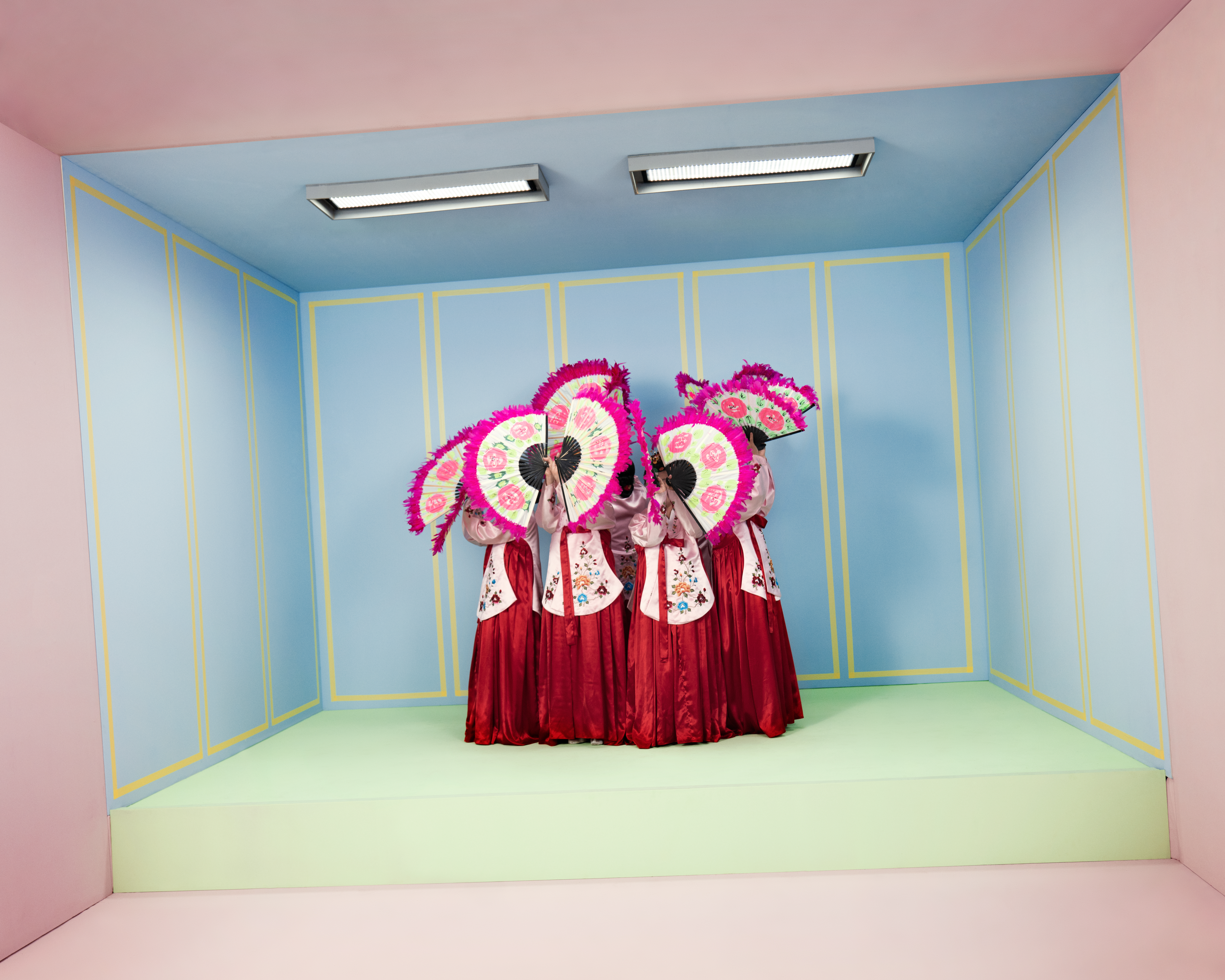
The Traces Left Behind. LUMIX Stories for Change © Catherine Hyland 2019
The detail resolution is more like that of a 150MP sensor, but that is still very impressive. Prints made from the High Resolution mode images will measure 56×37inches when used at 300ppi.
Resolution is important obviously, but I’m usually more interested in the flexibility of image files and how well they retain highlight and shadow information. I found that even when working in extremely contrasty conditions I was able to lift shadows and pull down highlights to create an image with much more moderate contrast that doesn’t look manipulated or have gaps in the tonal range. Images work well in Adobe’s Camera Raw, but the best is tickled out of them in Phase One’s Capture One Pro – version 12 is compatible with these files. The straight-out-of-camera colour is also very nice, matching what we would expect from Fujifilm’s best X-series cameras, with no overdone reds or saturation in general. I’m extremely pleased with the picture quality, finding a mixture of what I’d expect from Leica, Fujifilm and Phase One all blended together.
Although primarily a stills camera, the S1R shoots very good video too. It can record 4K 60p in 8-bit 4:2:0 150Mbps with a slight crop, and 6× slow motion in FHD. A Hybrid Log Gamma setting, which is also available for stills, allows footage to be played directly to an HDR display.
Panasonic launched three lenses with its S series cameras – Lumix S Pro 24-105mm f/4; Lumix S Pro 70-200mm f/4; and Lumix S Pro 50mm f/1.4. I usually don’t have much time for f/4 zoom lenses, but being forced to use these found I was impressed with their sharpness and lack of aberration. The wide lens mount and close proximity of rear element and sensor make avoiding chromatic faults, vignetting, curvilinear distortion and issues like comma much easier. Panasonic has made the most of that fact. The optical star of the show though is the 50mm f/1.4. Wide open it produces fabulous out-of-focus highlights and beautifully smooth transitions, and stopped down to f/4 it is incredibly sharp. The Leica L lenses have real competition on their hands here.
First impressions really do count, and it’s clear that Panasonic has been careful to ensure its entry into the full-frame market gets the right sort of attention. While Canon, Nikon and Sony still dominate the full-frame arena, Panasonic needs to shout louder to get heard, and this Lumix S1R does that very well indeed. Not content to just join the market, Panasonic has pushed to include features that exceed expectations and a performance that will more than satisfy those working in a wide range of genres. I’ve been really impressed with the system’s ability to render fine details and textures, to produce excellent colours and to allow extensive tonal manipulation that can conjure moderate-contrast images from high-contrast scenes.
Panasonic has brought something very different to the full-frame mirrorless market and shows the maturity of its experience in the way the camera handles and the speed with which it can be worked. I’m trying not to go too over the top here, but it is one of the best cameras that I’ve ever tested.
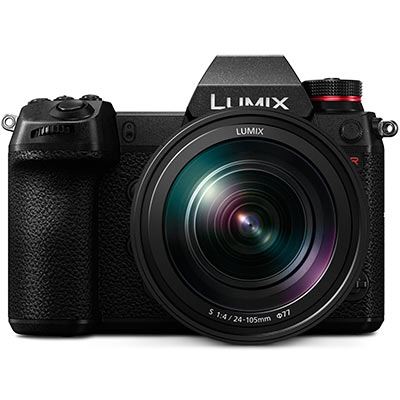
Ultimate Resolution. Professional Performance.
A new 47.3MP CMOS sensor with the ability to deliver unparalleled resolution and detail. Focus and an Image Stabilisation system that assist in creating images with stunning clarity at up to 9fps. A body designed to be a tool for the photographer to capture their creative vision. This unique combination of features and technology, the S1R is a Full-Frame Mirrorless camera which transports you to a new level of creativity.
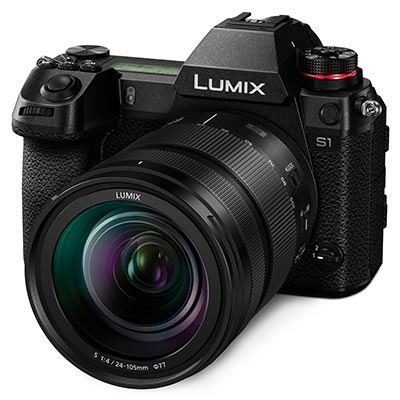
Full-Frame Hybrid, Fuel the Passion for Stills and Video .
A new 24.2MP CMOS sensor that has the capability of delivering incredibly realistic details for both Stills and Video creatives. Shooting stills at up to 9fps and 4K video recording with no time limit highlights the Professional capabilities*. Going beyond the boundaries of stills and video, this Full-Frame mirrorless camera is for inspirational visionaries.
To be kept up to date with the LUMIX Stories for Change projects,
future events and grant opportunities, please click below…